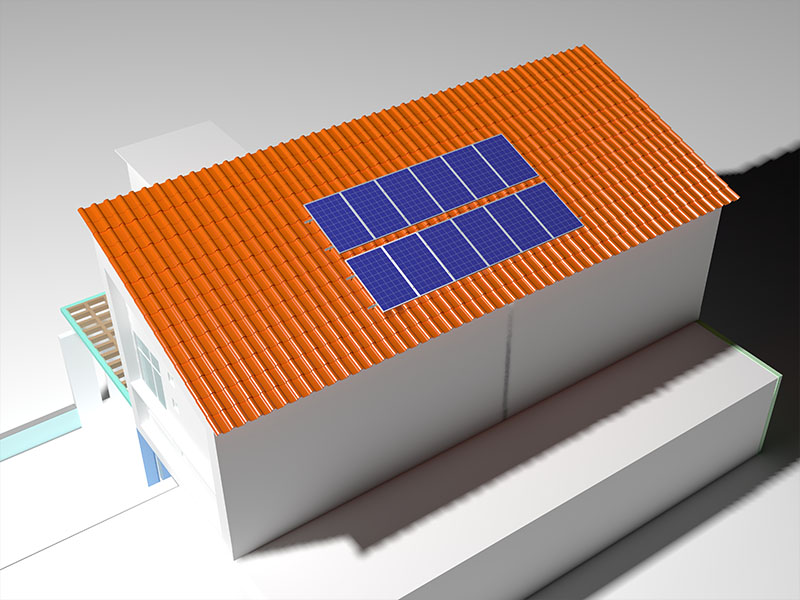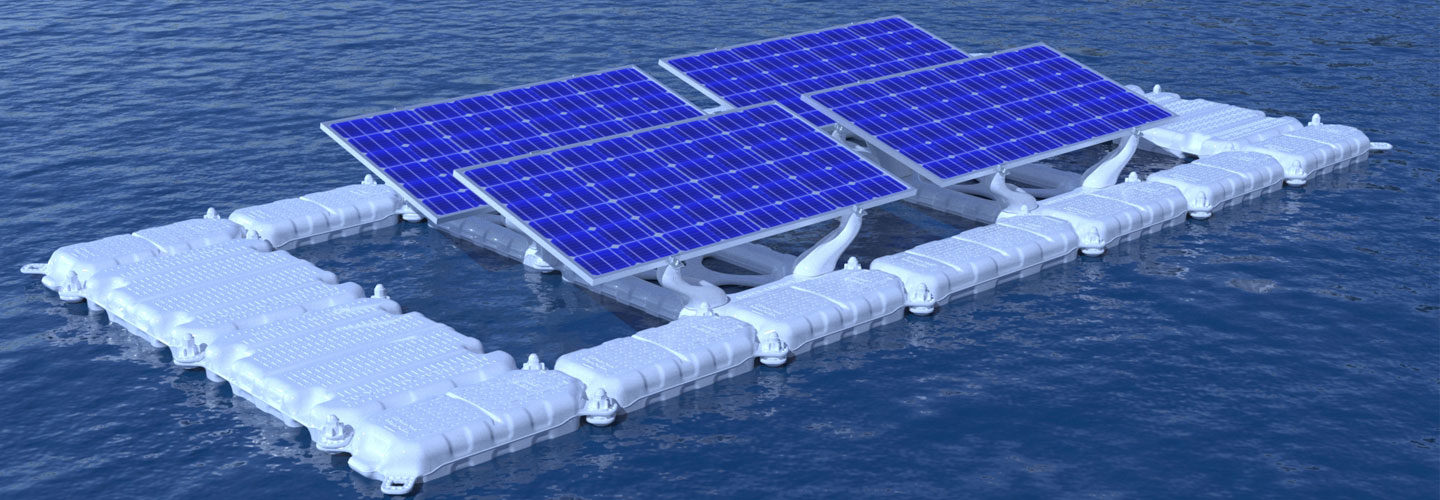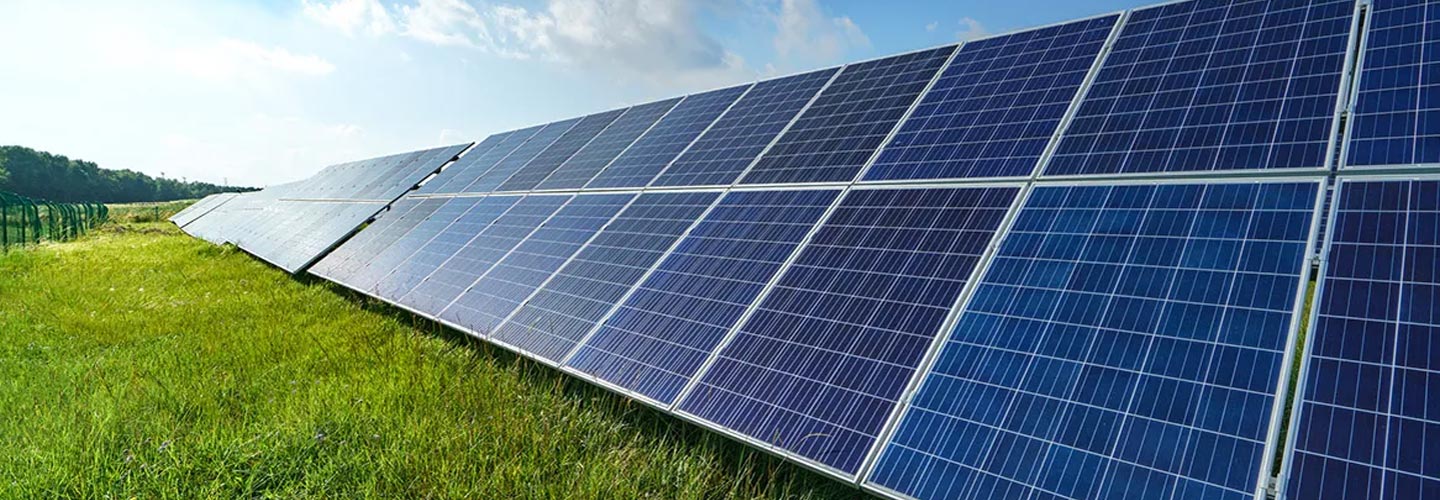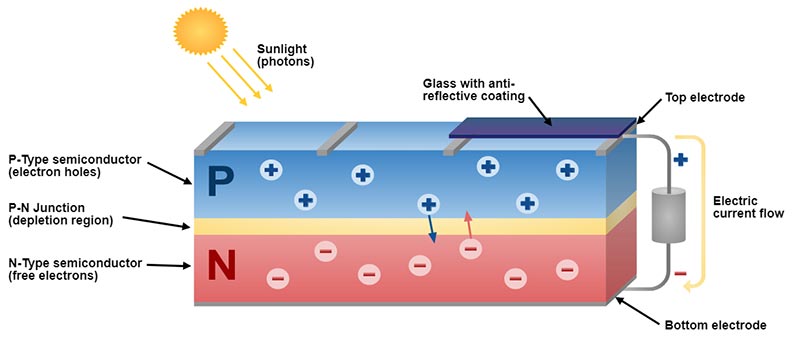In this era when electricity costs are hitting record highs and may continue to rise, solar panels seem to be the best invention of mankind so far. However, solar panels require professional installation. If you do not install it correctly, it may become a burden for us. The solar panel support is very important. There are different types, in addition to cost, you must also consider their convenience and practicality.
There
are currently three basic types of solar panel brackets on the market.
Each type is developed for a specific type of photovoltaic system so
that your panels can perform optimally.
Pole
mounting is very popular because you only need to mount it on the top
of the pole. It also has a track rod mount to make the panel follow the
sun. This allows the solar device to absorb as much sunlight as possible
during the day. This means you will be able to take full advantage of
your photovoltaic system.
The roof ground mount
is one of the most expensive mounts available. This is because they are
specifically designed to hold large panels in place. They are very
durable, no matter how big the panel is, they are guaranteed to support
your panel. They are also called universal solar panel supports because
they can be used to support different types of solar panels. You can
choose to place it on the roof or on the ground. Either way, you should
remember to make sure that the city allows this type of installation.
Flush
mounts are the cheapest of all three mounts, and this is for good
reason. They are only designed to support small photovoltaic systems,
i.e. small panels. For those who want to install solar panels on their
RVs or roofs, this is the ideal way to install solar panels. However,
they are not as flexible as other mounts. In addition, you must consider
the distance between the panel and the roof, because if it is installed
too close to the surface, it will overheat very quickly.
Xiamen Mibet New Energy Co., Ltd. specializes in manufacturing all types of solar panels,pv ground mount and other related products for many years. We enjoy the right to manage our own imports and exports.



